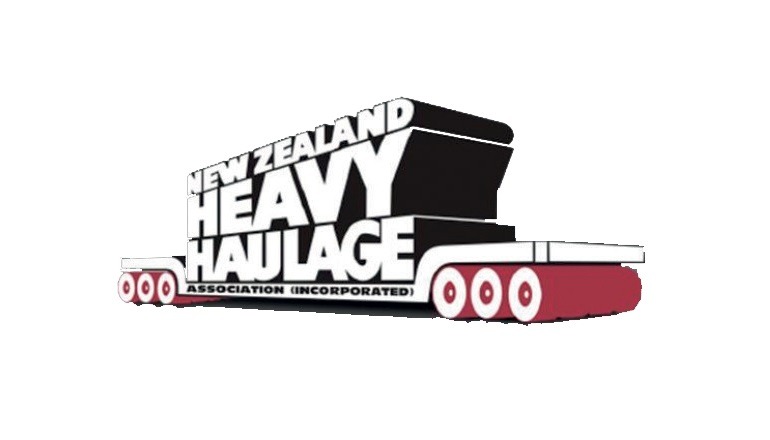 JONATHAN BHANA-THOMSON, CHIEF EXECUTIVE, NZ HEAVY HAULAGE ASSOCIATION
JONATHAN BHANA-THOMSON, CHIEF EXECUTIVE, NZ HEAVY HAULAGE ASSOCIATION
THE ROAD CONSTRUCTION season is well underway and this time of the year this Association receives frequent reports from both transport operators and road project managers about the difficulty that they frequently have with trucks – and those with oversize loads in particular – negotiating through their work sites.
With the planning involved, the required Traffic Management Plans (TMPs) and with the specialist traffic management companies that are frequently brought in on contracts to manage this process, I would have thought that over time there would be improving outcomes for all parties.
However at this time every year it is brought home to me exactly how this process isn’t working.
The problem is a combination of the following factors:
- The size of oversize loads
Quite literally, oversize loads can have problems fitting down roads that do not have roading projects – let alone when there are construction or rehabilitation projects underway.
- Work times
Typically, road work projects schedule their crews to undertake the work at non-peak travel periods to ease the burden on traffic flows. Oversize loads also have bans on travel during times that are peak travel. So both sets of crews end up working during the same time slots.
- Lack of planning
This issue is on both sides. The transport operators need to better plan ahead for where there are potential restrictions – but they need better information about what is happening and where; and roading project managers need better information about what loads might come through, but they also need to plan for when these oversize loads will inevitably turn up.
Things to consider
There are some issues that need to be considered. The first of these is whether the works are on a route that typically allows for overdimension or overweight loads. There are maps available of these on the NZTA website, but the Association’s website provides direct links to them. The second point is duration. Simply put, the longer that works are to be in place, the more likely that an increased number of oversize loads will want to proceed through the worksite. Finally, the scale of the works’ impact on the restriction on road width; it is less likely that a shoulder closure will impact on an oversize load than will a lane closure or a full road closure.
What are we asking for?
- Is it a heavy haulage route?
When a TMP is scoped for any particular section of road, the first question to ask is whether this road is also an identified overdimension (OD) or overweight (OW) route? The same type of question as – is this a public transport route, or is it frequented by school children? If in doubt about whether it’s an OD or OW route check with the Heavy Haulage Association.
- What plan is there for communicating with the heavy haulage sector?
This Association operates as a good contact for communicating with the heavy haulage industry what works will be happening where, and if notification by the transport operator to the roading project manager/STMS is requested.
- What contingency plan is there?
If a heavy haulage load wants to move through the site, what plan do traffic management staff have for dealing with a large load travelling through the work area?
- Advance notice
If a detour is required, or if the contingency plan is to divert heavy haulage loads, then a minimum of two weeks’ notice needs to be given to the industry so that operators can scope alternative routes and gain permits for these routes if required.
The overall request from the heavy haulage industry is for inclusion by those people who develop traffic management plans of a plan for oversize loads that need to travel through the site, and to provide good communication about this to the road transport industry.
Then, transport operators will not be surprised by the scale or nature of road works and can arrive armed with good info and a good attitude towards working through with the traffic management guys onsite to manage the load through the road works site.
At a bigger picture level, this Association has been lobbying NZTA and other local roading authorities for many years to develop a centralised oversize load notification system that will enable STMS and other people to see ahead of time what big loads will be moving across the roading project.
We are gaining more confidence that NZTA will progress this soon, but in the meantime we need the support of all parties to make the process work better with the current tools that we have – including more comprehensive traffic management plans.


Parting words from Jeremy Sole- a final column